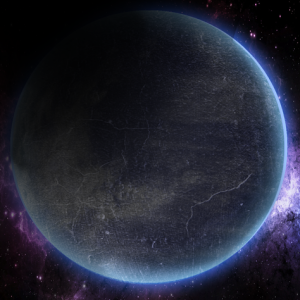Imagine there was another species of intelligent life somewhere out there in the universe.
Scientists have speculated about it for years, average people have claimed to see “alien” spacecraft flying overhead.
There are even rumors of places, such as Area 51, devoted to finding and storing aliens, keeping them away from the public.
Even though there are more speculations and claims than one can count, now there is something a little bit more definite as proof of a possibility of their existence—liquid water has been found on the Enceladus moon orbiting Saturn.
Well, it hasn’t precisely been “found” just yet, but its existence has been proven through scientific calculations.
Scientists calculated that the north pole of this moon is estimated to be about 30 miles deep, and is composed of ice with solid rock underneath the ice.
On the other hand, the south pole is estimated to only have 18 to 24 miles of ice covering an underground liquid ocean that is estimated to be around 5 to 10 miles deep.
Scientists speculate that because the ocean is located on top of rock, the gravity data from Enceladus makes the base of its ocean very similar to the base of the ocean on the Earth. This is an incredible discovery because, as Laguna science teacher, Mr. Neustadt said, “finding water on a planet other than Earth is significant because it indicates that there is a chance we might find life forms.”
So, how can we find these life forms? Scientists think that sending a probe to Enceladus with a drill wouldn’t be entirely practical because the liquid water is so far under the ice that it would be hard to access.
Instead, a spacecraft with sophisticated instruments could fly through the plumes of material being ejected from fractures that are evident in the ice.
Cassini, a spacecraft with a sophisticated telescope, has already detected the water vapor and organic molecules in these plumes, using a device called a mass spectrometer.
However, a more advanced version of the same instrument could better test for the variety of molecules associated with an advanced biological system.
Detecting these molecules could be an indicator of whether there is life out there or not.












